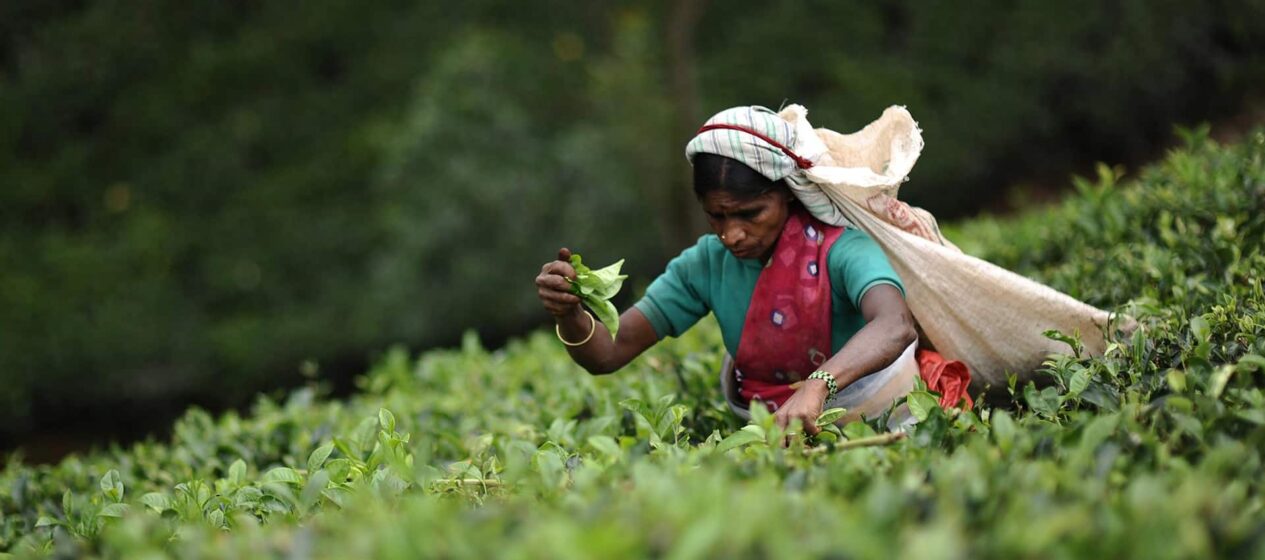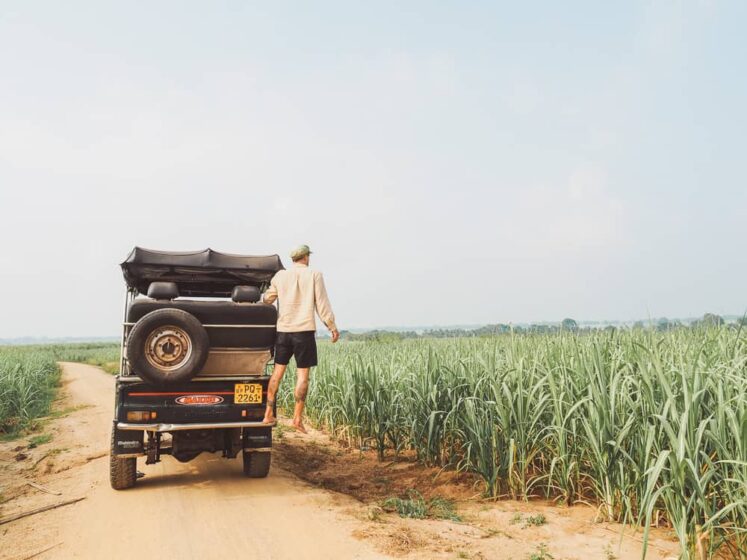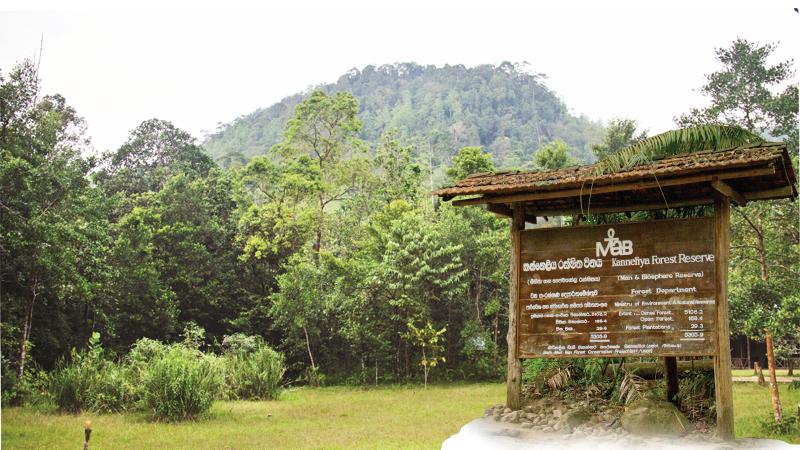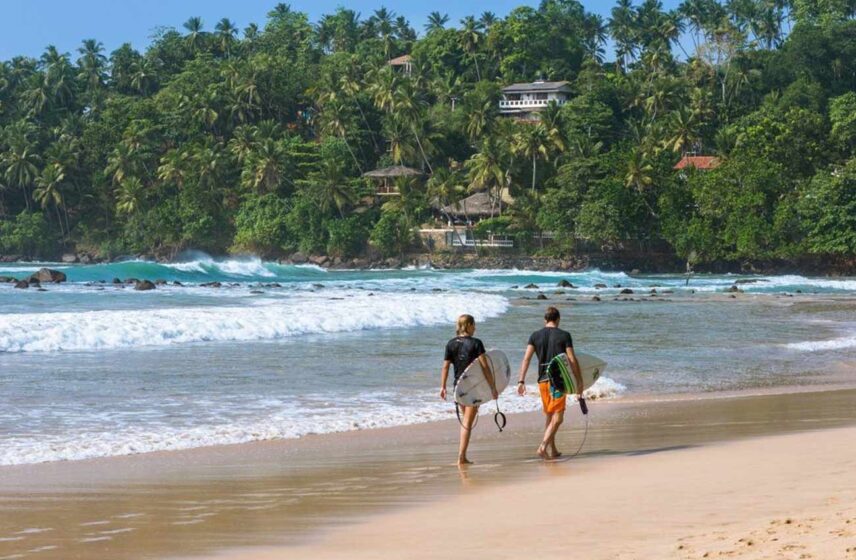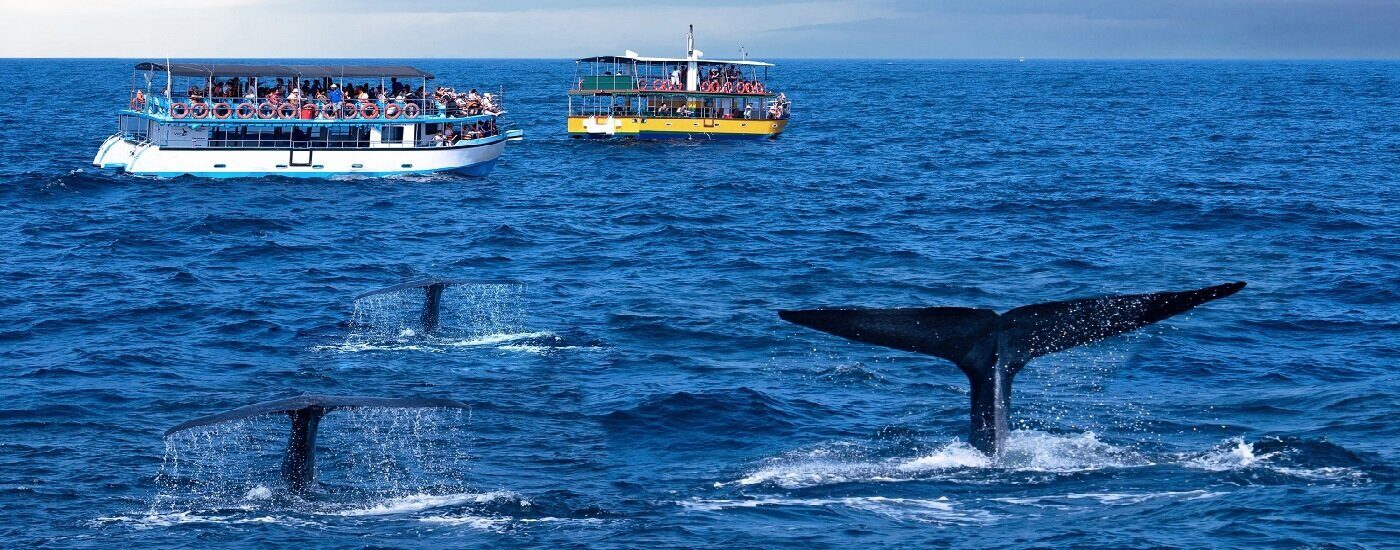RUHUNA - “Distinctively unique”
The teas of the Ruhuna district are defined as “low-grown” as they are cultivated at an altitude not exceeding 600m (2000 Ft) comprising vast sub regions from coastal plains to Southern edge of Sinharaja Rain Forest. The soil, combined with the low elevation of the estates, causes the tea-bush to grow rapidly, producing a long, beautiful leaf. Full-flavoured black tea is a distinctively unique Ruhuna speciality. Ruhuna factories produce a wide variety of leaf styles and sizes, including prized “tips”.
Tea Tour & Tea Tasting available at
- Handunugoda Tea Estate, Galle
- Nandana Tea Factory (Pvt) Ltd, Akuressa
- Lumbini Tea Valley Ceylon, Deniyaya





